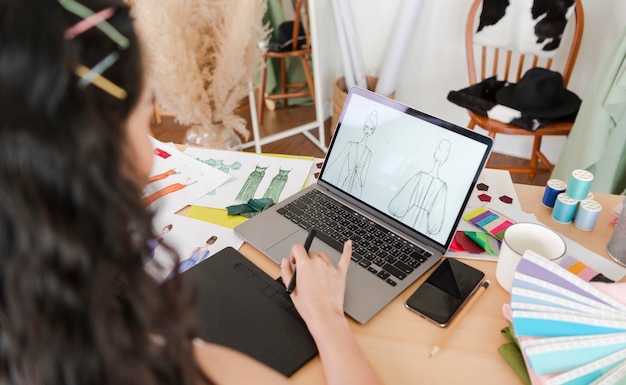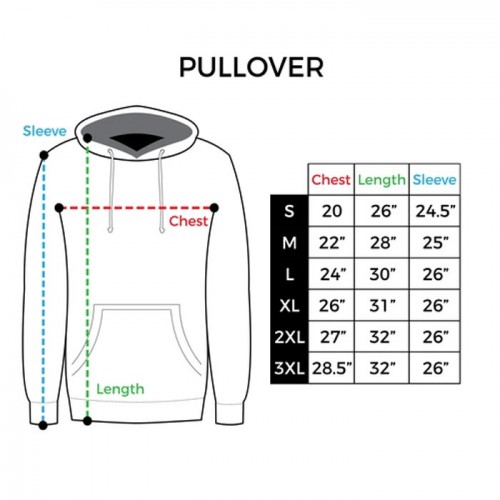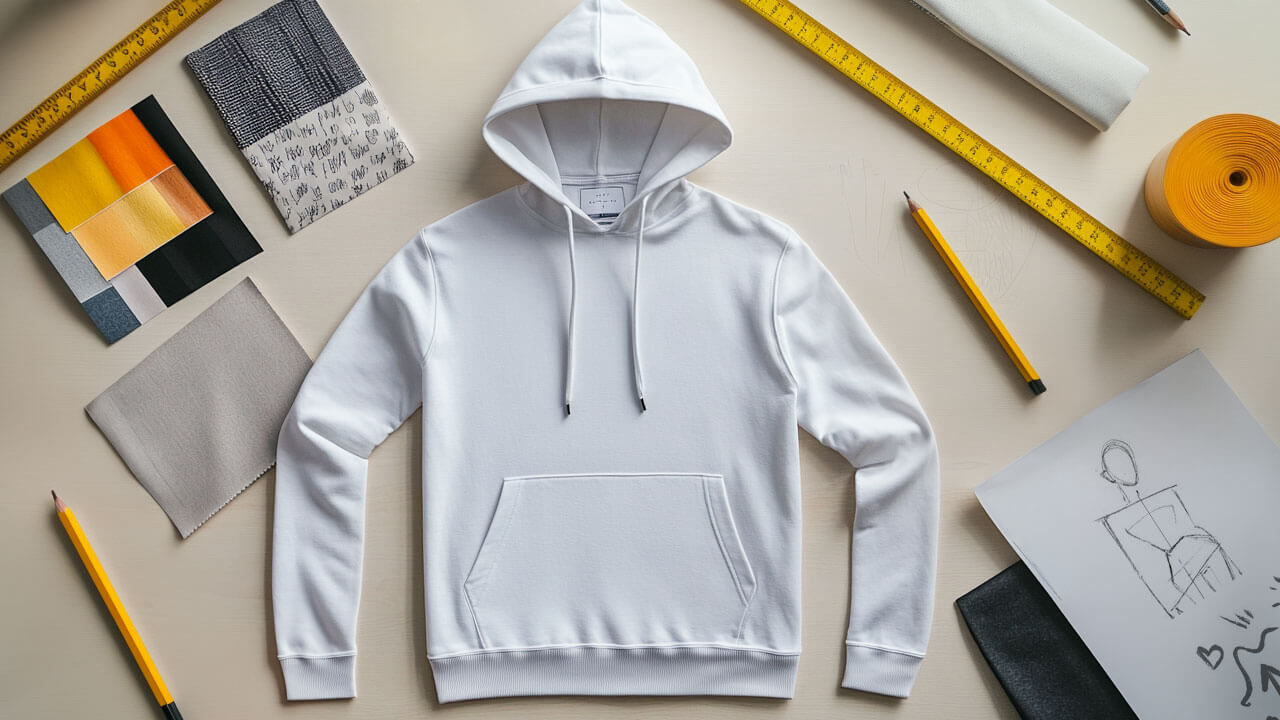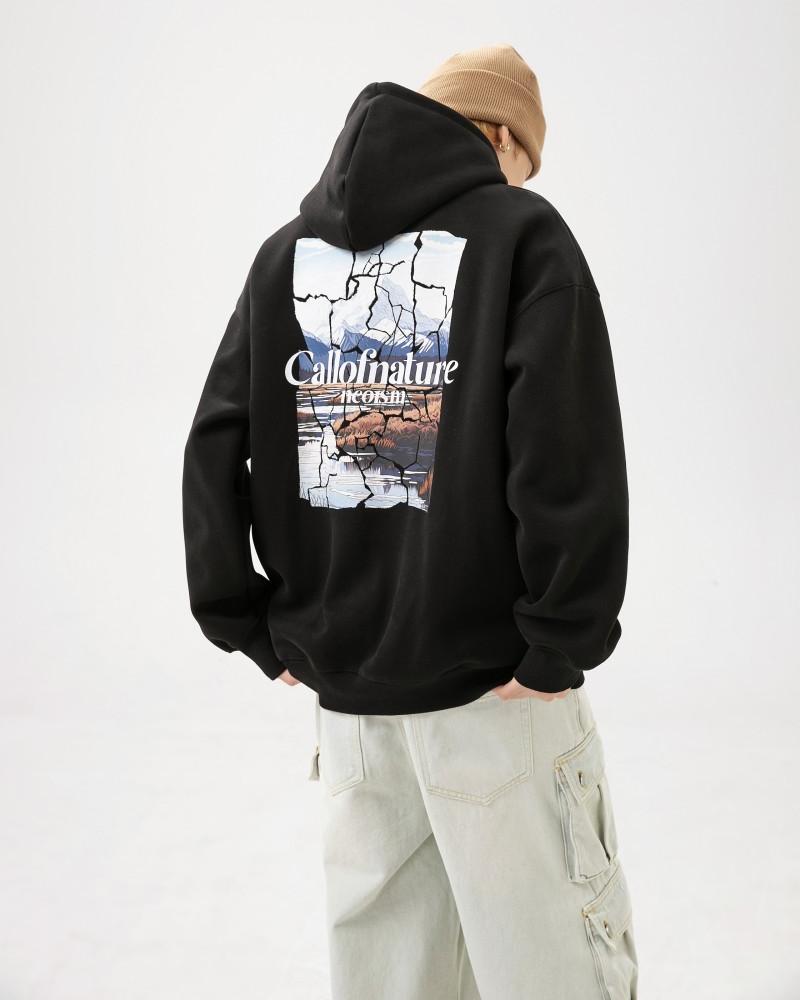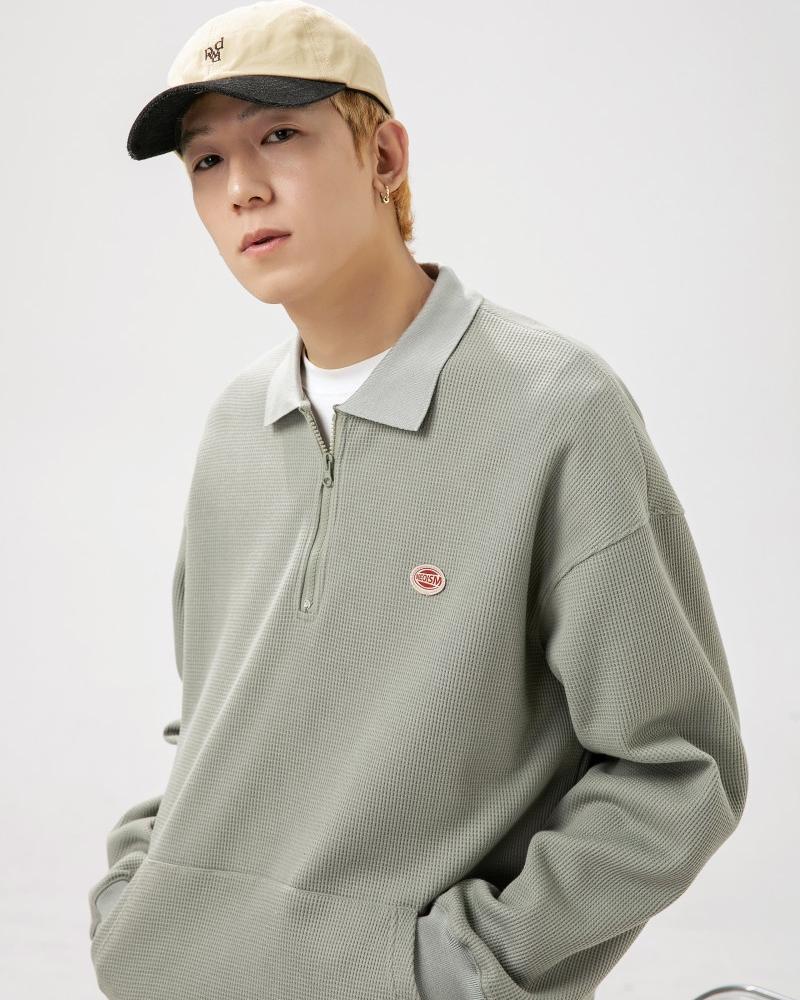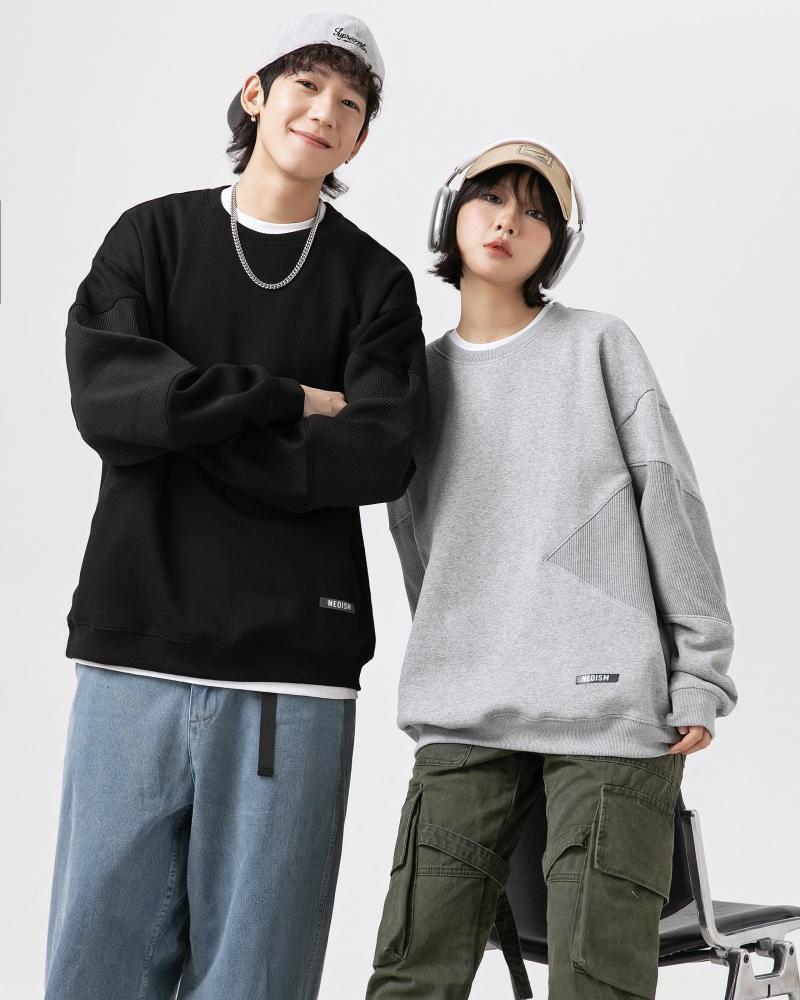-
No. 28, Zhanqian 1st Street, Liuhua Subdistrict, Yuexiu District, Guangzhou City
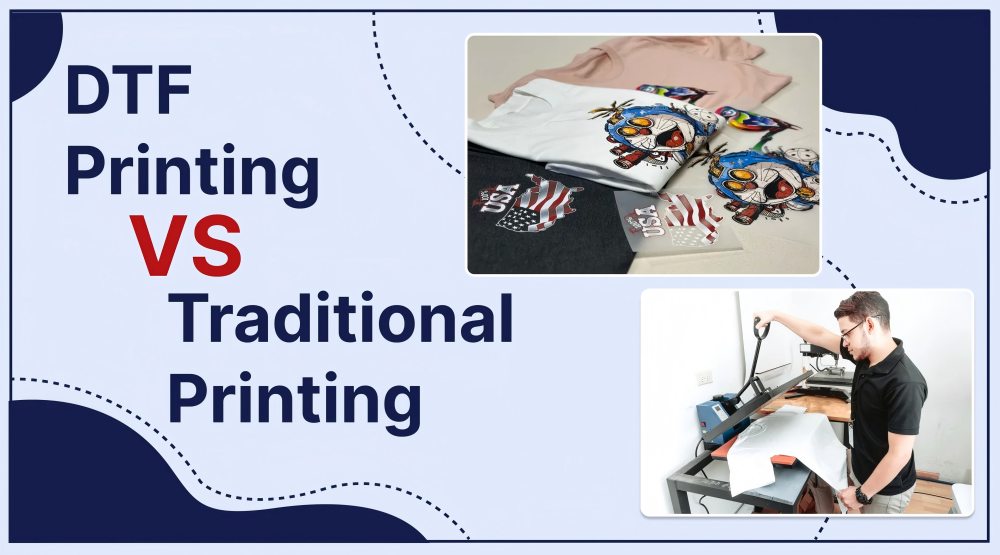
Digital direct printing vs screen printing: Comprehensive technical analysis and business decision guide
Table of Contents
Abstract
In the clothing customization and printing industry, choosing the right printing technology directly affects product quality, production efficiency and business profits. This article deeply compares the two mainstream technologies of digital direct printing (DTG) and screen printing, and conducts a comprehensive analysis from 10 key dimensions, including cost structure, color performance, production cycle, environmental performance, etc. Through detailed data comparison, actual case analysis and industry expert insights, it provides scientific decision-making basis for clothing entrepreneurs, designers and manufacturers. Whether you are a startup brand or a large-scale enterprise, this article will help you choose the most suitable printing solution according to business needs, optimize production processes, and enhance market competitiveness.
1. Comparison of initial investment and production costs
The initial equipment investment of digital direct printing is relatively high. The price of an industrial-grade DTG printer is between 100,000 and 300,000 yuan, but there is no plate making fee. According to the 2023 industry report, DTG’s unit production cost has obvious advantages in small batches (1-50 pieces), and the average cost of 50 T-shirts is 18-25 yuan/piece.
Screen printing has a low initial equipment investment (30,000-100,000 yuan), but each design needs to be made separately, and the production cost of each color screen is about 200-500 yuan. In large-scale production (more than 500 pieces), the unit cost of screen printing can be reduced to 8-15 yuan, with significant economic benefits.
Case: After a trendy brand in Guangzhou adopted DTG technology, the cost of small-batch trial production was reduced by 40%, and the new product testing cycle was shortened by 60%.
2. Color performance and design complexity
DTG technology adopts the CMYK four-color superposition principle, which can present more than 16 million colors gradients, and perfectly restore complex patterns such as photographic works and watercolors. Pantone color matching accuracy reaches more than 90%, meeting high-end design needs.
Screen printing is limited by the number of screens and is usually printed with spot colors (Pantone colors). The best performance range is 1-6 colors, and the cost of each additional color increases by 15-20%. Simple geometric figures and text are its strengths, but gradients and details are limited.
Data: Consumer surveys show that 72% of young people prefer the rich color performance of DTG printing.
3. Production cycle and response speed
DTG production preparation time is only 10-30 minutes (file processing + machine calibration), suitable for urgent orders delivered within 72 hours. The printing time of a T-shirt is about 1-3 minutes, realizing true on-demand production (JIT).
The preliminary preparation of screen printing takes 12-48 hours (plate making + color matching), but the mass production speed can reach 500-1000 pieces/hour. Suitable for highly planned seasonal products and bulk orders.
Industry standard: In cross-border e-commerce, the average delivery cycle of sellers using DTG is 4.7 days faster than traditional printing.
4. Economic critical point of order size
Through cost modeling analysis, the economic critical point of the two technologies is usually between 150-300 pieces:
- 1-150 pieces: DTG has lower total cost
- 150-300 pieces: similar cost
- More than 300 pieces: screen printing has obvious advantages
Recommendation: Mix the two technologies – DTG for samples and small batches, and screen for large-volume production, which can achieve overall cost optimization of 28-35%.
5. Fabric adaptability and pretreatment requirements
DTG performs best on pure cotton fabrics (color saturation reaches 95%), and chemical fibers such as polyester require special pretreatment. Dark clothing must use white base paste, which increases costs by 15-20%. New DTG equipment already supports direct dark printing, but durability is still being improved.
Screen printing is suitable for almost all fabrics, including cotton, polyester, blends, etc. Special inks can be applied to heavy materials such as denim and canvas without additional pretreatment.
Technical progress: Nano inks launched in 2023 improve the color fastness of DTG on polyester to level 4 (ISO standard).
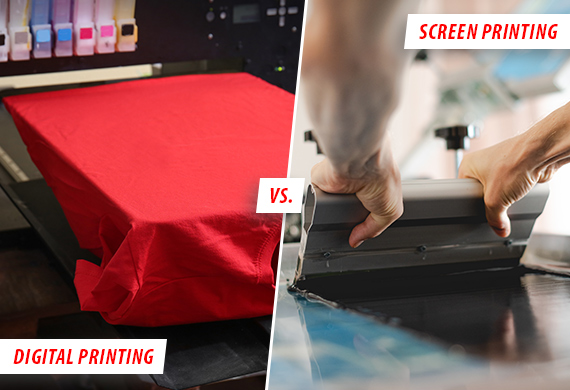
6. Printing durability and product life
After standard washing test (AATCC 61):
- Screen printing: 85-90% color retention after 50 washes
- DTG printing: 75-85% retention after 50 washes
- High-end DTG with color fixation can reach 90%
Screen ink forms a physical covering layer, while DTG ink penetrates the fiber, which is the main reason for the difference in durability. For high-frequency washing products such as sportswear, screen is still the first choice.
Solution: Heat pressing after using DTG can increase durability by 20%, close to the level of screen.
7. Environmental performance and sustainable development
DTG has significant environmental advantages:
- Energy consumption is 40-60% lower than silk screen
- Wastewater discharge is reduced by 85%
- VOC emissions are almost zero using water-based inks
- No screen waste
Chemical washing wastewater and waste screens generated by screen printing require professional treatment. Green screen technology (water-based inks, laser plate making) is developing, but the cost increases by 30-50%.
Certification value: Using DTG can make it easier to obtain GOTS and OEKO-TEX certification, increasing brand premium by 15-25%.
8. Personalization and customization capabilities
DTG achieves true single-piece personalization:
- Variable data per piece (name, number)
- Seamless connection to database-driven printing
- Support same-day sample modification
- Zero design storage cost
Silk screen customization requires a full set of screens for new designs, usually requiring a minimum order quantity. Suitable for standardized products such as group clothing, corporate uniforms, etc.
Market data: The average customer unit price of personalized DTG products is 35% higher, and the repurchase rate is increased by 40%.
9. Special effects and process innovation
Screen printing has an advantage in special effects:
- Foaming printing
- Fluorescent/luminous effects
- Metal texture
- Thick plate three-dimensional printing
- Reflective materials
DTG innovation direction:
- Flexible electronic circuit printing
- Temperature-changing ink
- 3D texture simulation
- AR trigger pattern
Trend: The two technologies are merging, such as “digital screen” technology combines the advantages of both.
10. Industry application scenario analysis
DTG preferred scenario:
- Independent designer brands
- Cross-border e-commerce on-demand production
- Limited edition film and television peripherals
- Personalized gifts
- Rapid market testing
Screen irreplaceable scenarios:
- Enterprise bulk workwear
- School group clothing
- Sports team uniforms
- Promotional bulk gifts
- Special function clothing
Decision tree: Order quantity <200 pieces? Complex design? Urgent delivery? Special effect requirements? —Select technology based on the number of affirmative answers.
FAQS
1. Which is cheaper for small orders?
DTG is more cost-effective for orders under 150 pieces (no setup fees). Screen printing becomes cheaper for 300+ units.
2. Which method has better color quality?
DTG offers 16M+ colors, ideal for photorealistic prints. Screen printing excels in bold, simple designs (1-6 colors).
3. How fast can I get my order?
DTG: Ready in 72 hours (no setup). Screen printing: 12-48hr setup, then 500-1,000 pieces/hour.
4. Which lasts longer?
Screen printing (85-90% color after 50 washes). DTG reaches 75-85% (90% with post-treatment).
Summary and action suggestions
Selecting printing technology should consider the QCDS four-dimensional model: Quality, cost, delivery and sustainability. Startup brands are advised to start with DTG to reduce inventory risks; mature companies can establish mixed production capabilities.
Implementation steps:
- Analyze the order size distribution in the past 12 months
- Evaluate design complexity and color requirements
- Calculate the break-even point of the two technologies
- Fully invest after small-scale testing
- Regularly evaluate technological development (such as the progress of dark DTG)
In the next 3-5 years, the market share of digital printing is expected to increase from the current 35% to 50%, but screens will still remain irreplaceable in certain areas. Intelligent “hybrid printing workshops” will become the industry standard, and companies are advised to maintain technical flexibility and upgrade equipment in a timely manner.



